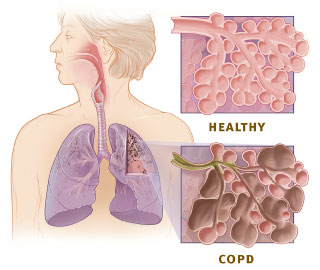According to AHA (American Heart
Association)/NHLBI (National Heart, Lung, and Blood
Institute) diagnostic criteria, individuals with three
of the following five conditions are characterized as having
Metabolic Syndrome:
1. abdominal obesity [waist
circumference ≥102 cm (≥ 40 inches) in men, ≥ 88 cm (≥ 35
inches) in women]; typically the apple shape.
| Picture of an Obese Teenager (146kg/322lb) with Central Obesity, side view.Self Made Picture of an Obese Teenager (Myself) (146kg/322lb) with Central Obesity, Front View. Feel Free to use. (Photo credit: Wikipedia) |
2. Hypertriglyceridemia [TG≥150 mg/dL
(≥1.7 mmol/L) or drug treatment for elevated TG].
3. low HDL-C [< 40 mg/dL (< 1.03
mmol/L) in men, <50 mg/dL (< 1.3 mmol/L) in women, or drug
treatment of reduced HDL-C].
4. Elevated BP [≥130 mm Hg systolic
BP, or ≥85 mm Hg diastolic BP, or drug treatment of hypertension].
5. Hyperglycemia [fasting plasma
glucose ≥100 mg/dL or drug treatment for elevated glucose].
The risk of heart disease, diabetes, and stroke increases with the
number of metabolic risk factors. In general, a person who has
metabolic syndrome is twice as likely to develop heart disease and five
times as likely to develop diabetes as someone who doesn't have
metabolic syndrome.







